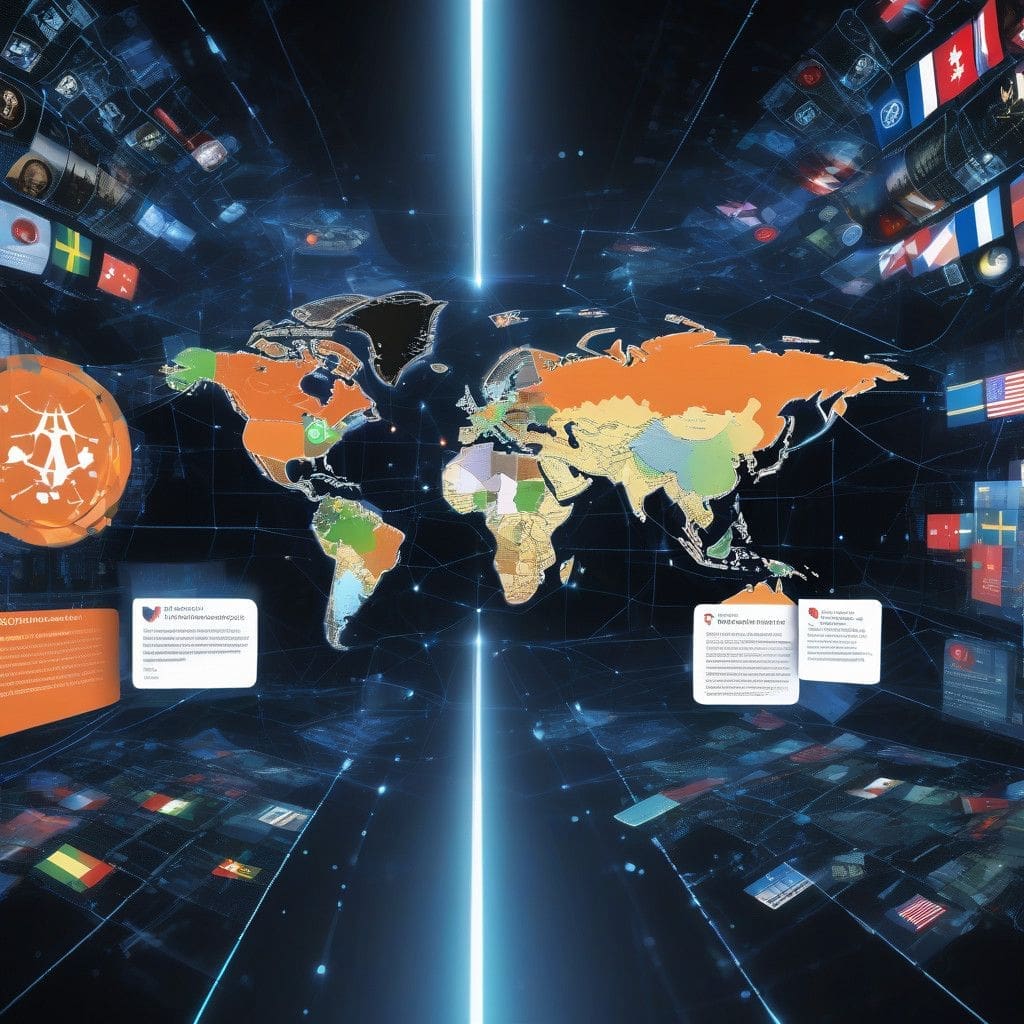The Cybersecurity and Infrastructure Security Agency (CISA) has introduced its first International Strategic Plan for 2025-2026, marking a significant step in enhancing the security of U.S. critical infrastructure through global partnerships. This initiative aims to build on the foundations laid in the 2023-2025 Strategic Plan and aligns with the National Security Memorandum on Critical Infrastructure Security and Resilience. With the backdrop of expanding global cyber threats, CISA recognizes the importance of international cooperation in safeguarding interconnected cyber and physical systems.
CISA’s strategic framework is centered around three primary goals aimed at bolstering international engagement in cybersecurity:
1. Strengthening Foreign Infrastructure Resilience
CISA plans to collaborate with international partners to bolster the resilience of the foreign infrastructure on which the U.S. relies. This strategic collaboration is vital, especially given that disruptions in other nations’ critical systems can have direct ramifications on U.S. operations. For instance, supply chain vulnerabilities were starkly highlighted during the COVID-19 pandemic, indicating how a single point of failure abroad can cascade into significant ramifications domestically. By investing in foreign infrastructure resilience, CISA not only protects U.S. interests but also promotes global stability.
2. Enhancing Integrated Cyber Defense
A unified defense against emerging threats is imperative in today’s interconnected world. CISA aims to share expertise, resources, and best practices with allies and partners to build a comprehensive defense infrastructure. For example, the collaborative efforts between NATO countries in cyber defense illustrate the efficacy of joint initiatives. These partnerships allow member states to share threat intelligence and response strategies, thereby enhancing collective security. By fostering similar collaborations globally, CISA intends to equip nations with the tools necessary to counteract cyber threats efficiently.
3. Optimizing Agency Coordination of International Activities
The “One CISA” approach emphasizes the need for streamlined coordination of international activities. This initiative seeks to reduce redundancy and improve the efficiency of global partnerships. In practice, this means creating a cohesive strategy that aligns various CISA programs and initiatives under a common goal of global cybersecurity. For instance, integrating cybersecurity measures into existing international trade agreements can ensure that cybersecurity standards are uniformly applied, benefitting all trade partners and reducing vulnerabilities.
To effectively execute this strategic plan, CISA will engage in a series of steps that include establishing clearer communication channels among nations, promoting joint exercises, and identifying best practices in the cybersecurity domain.
One key aspect of the plan is addressing evolving cross-border threats. The increasing sophistication of cyber attacks, such as ransomware incidents targeting critical infrastructure, underscores the need for collaborative defenses. For example, the attack on Colonial Pipeline in 2021 not only disrupted fuel supplies but also stressed the interconnected nature of today’s infrastructure. Such incidents demonstrate that vulnerabilities in one nation can easily escalate to threaten another, emphasizing the need for global cybersecurity strategies.
Furthermore, CISA’s commitment to enhancing partnerships extends beyond just strengthening infrastructure and defenses. In an era where cyber threats are increasingly complex and multifaceted, the sharing of knowledge and resources becomes vital. Initiatives such as joint training programs and global threat assessments are essential in fostering a shared understanding of cyber risks among nations.
Effective implementation of this strategic plan relies on commitment from both the U.S. government and its international allies. The importance of fostering a culture of collaboration cannot be understated. For instance, nations can benefit from participating in continuous dialogues and information-sharing platforms that allow for real-time updates on threats and best practices in cybersecurity.
In conclusion, CISA’s International Strategic Plan for 2025-2026 highlights a forward-thinking approach to enhancing cybersecurity at a global level. By focusing on strengthening foreign infrastructure resilience, enhancing integrated cyber defense, and optimizing agency coordination, CISA aims to establish a robust framework for addressing the evolving challenges that come with an increasingly interconnected world. As cyber risks grow, such international partnerships and proactive strategies will be crucial in preserving the security and resilience of critical infrastructure both at home and abroad.
